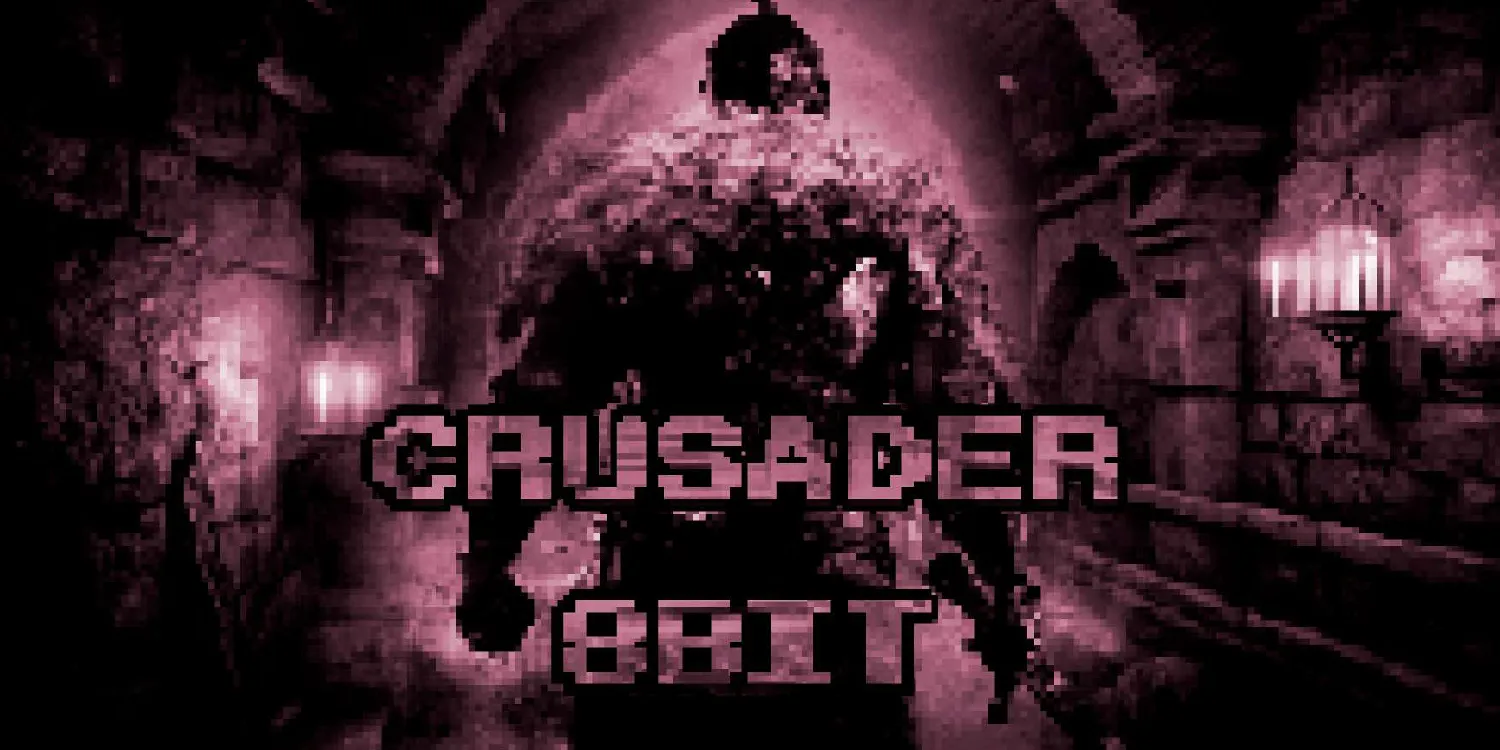The One' came about when we sought to create a game that focused on a narrative, seeking to keep the player engrossed in the story and exploration of the world.
The main concept that gave rise to this idea was a simple pen. From this came the mechanics, which mostly revolve around using the feathers, and the main theme, angels and their wings.
Due to the scope of the project, it will be separated into two iterations. The initial idea is the realization of the first iteration for the delivery of the TFM, while the second one will remain in a conceptual form that could be realized from the first one.
The first iteration includes the entire 3D open world that the player will explore in search of the elements that will give him access to the story and improve his skills. The second iteration will transform the upgrade items by "portals" that will transport the player to 2D arcade-like levels with side-scrolling platforming, where he will have to advance against different obstacles to get that upgrade item.
Art Bible
"The One revolves around the idea of being lost in the middle of an inhospitable place. Therefore, we sought to create an environment where the player can really get lost when exploring the map. At the same time, we tried to contrast this with points of interest on the map, aiming to create cinematic landscapes and scenes.
For the modeling of the character, an AI was used to generate sketches that would be taken to 3D afterwards. We wanted the main character not to have too much personality, because having lost his memory and being lost, it would be counterproductive. With this, the prompts were used: "Boy with blue tunic/pajamas in the Low Poly desert".
The aesthetics of the game is very marked by its comic style, so most of the objects and terrains have flat colors, without texture and with outlines in a darkened or black tone, depending on their importance. The only exceptions are the water, which has a higher level of detail, but without clashing with the rest, and the portal, which has runes on its outer circumference to keep it from being too plain.
The feature that will make this comic style more personal and unique will be the use of"halftone plots" of crossed lines that will be used to represent the shadows.









